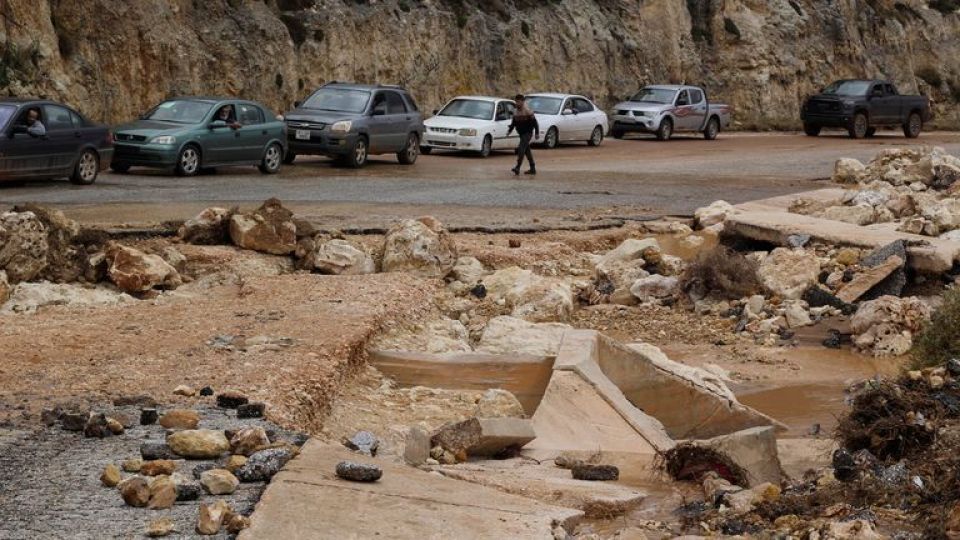from AHMED ZAYED in Tripoli, Libya
Libya Bureau
TRIPOLI, (CAJ News) – REPORTS of an imminent collapse of two dams, days after an equal number collapsed in northeastern Libya, have heightened fears of another bloodbath.
Also, the flooding that left over 11 300 people dead has thrust the North African country into a new crisis, in the form of thousands displaced people now on the move, at the risk of exposure to landmines and explosive ordnance of war (ERW) that were left over from years of conflict.
Another ticking time bomb is the outbreak of poisoning suffered by children amid lack of safe water.
Reports this past weekend warned of rapidly rising water at the Jaza dam between Derna and Benghazi and the Qattara dam near Benghazi were on the brink of collapse.
However, authorities say that both dams are in good condition and functioning well but there is tension considering last week’s tragedy, with Derna the worst affected by the unprecedented flooding.
Between September 10 and 11, the Al-Bilad Dam, some 13 km to the south, and the larger Abu Mansor Dam, 1km also to the south, collapsed, releasing an estimated 30 million³ into the city.
More than a week after Storm Daniel, the flooding has left more than 10 100 missing in Derna alone. An estimated 170 people have been killed elsewhere in eastern Libya. More than 7 000 people were injured in Derna and an estimated 30 000 were displaced.
Overall, 40 000 have been displaced in the northeast.
“These figures are expected to rise as search-and-rescue crews work tirelessly to find survivors,” warned a spokesperson of the United Nations’ Office for the Coordination of Humanitarian Affairs.
The mayor of Derna, Abdel-Moneim al-Ghaithi, has told the media the total death toll could be 18 000 to 20 000.
Authorities in Libya this weekend opened a probe into tragedy.
Another tragedy is brewing after flood waters shifted landmines and ERW, including into areas previously free of weapon contamination.
The International Red Cross has issued the warning.
Libya is emerging from years of conflict after the overthrow and assassination of president Muammar Gaddafi in 2011.
A civil war broke out in 2014-2020 between different armed groups, but mainly the House of Representatives and the Government of National Accord.
Even before Storm Daniel, an estimated 300 000 people in Libya required humanitarian assistance.
Two rival governments run Libya, a country of 6,9 million people.
The United Nations Children’s Fund (UNICEF) is worried that nearly 300 000 children exposed to Storm Daniel now face increased risk of diarrhea and cholera, dehydration and malnutrition, as well as increased risks of violence and exploitation.
The National Centre for Disease Control has already detected at least 55 children poisoned as a result of drinking polluted water in Derna.
While the most critical needs include health, food, water and sanitation, Médecins Sans Frontières (MSF or Doctors without Borders), said the most pressing need is mental health for affected populations, aid workers and doctors.
“Either they have witnessed the events, and therefore have trauma, or they have lost (someone),” said Manoelle Carton, MSF medical coordinator in Libya.
The coordinator, based in Derna, revealed how they met an individual who lost nine members of his family.
“They have lost cousins. They have lost colleagues. It is of an incredible magnitude,” Carton said.
– CAJ News

